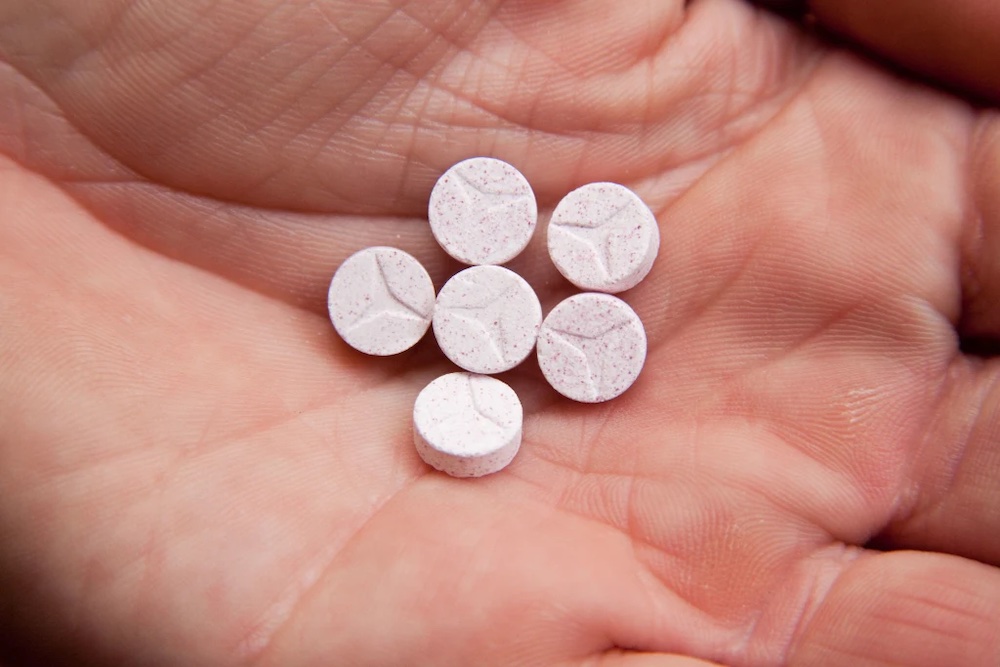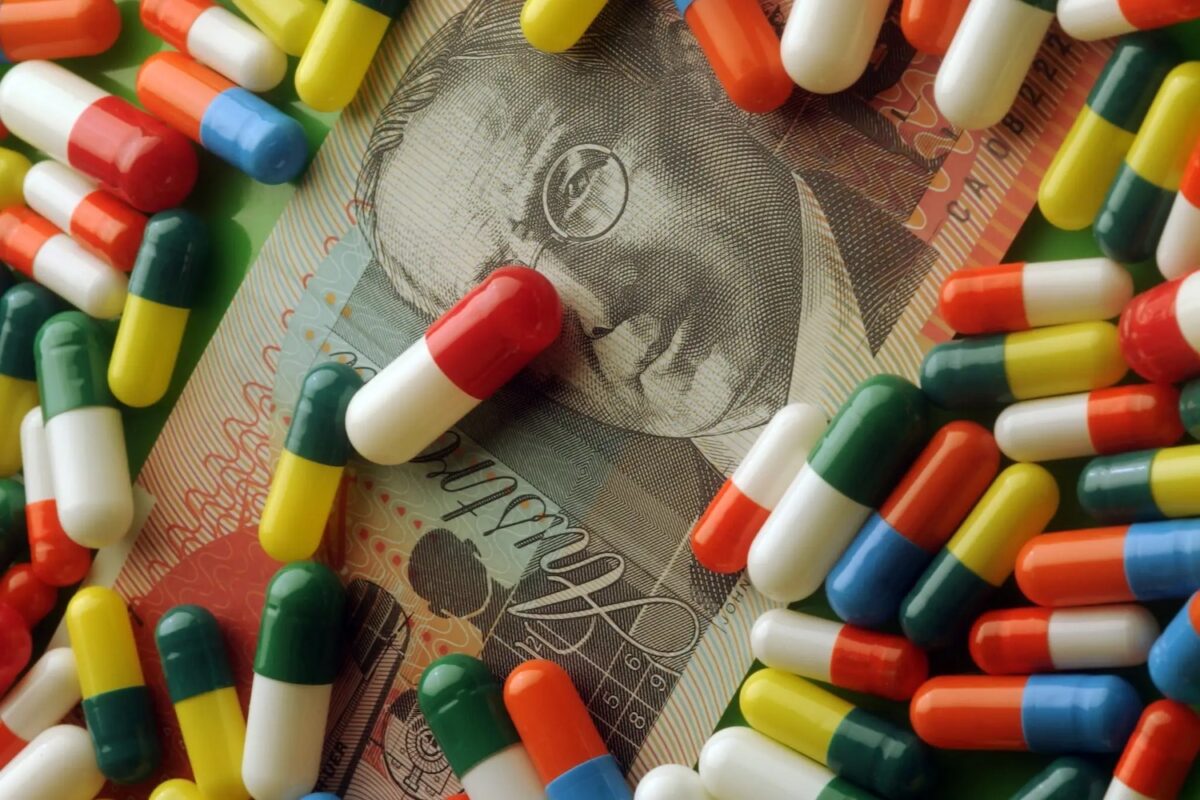There’s been much talk of late about how Australians are leading the charge towards a new age of psychedelic medicine. However, after groundbreaking legal clearance was given to psilocybin and MDMA earlier this year, a fresh but predictable problem has emerged: cost. Here, we look at how much the cutting-edge therapies could cost and whether they’ll ever be affordable for normal Aussies…
The world is in the midst of a mental health crisis, and Australia’s troubles are particularly acute: nearly half of Australians will experience mental illness in their lifetime, 80% of Aussies now report poor mental health in the wake of the COVID-19 pandemic, and Australia has the second-highest per capita use of antidepressants out of all the OECD countries.
All in all, this is thought to cost the Australian economy around $220 billion per year, not to mention the incalculable effects on people’s well-being and quality of life.
That’s why when news broke last month that the TGA was approving MDMA and psilocybin for clinical use, it was enthusiastically welcomed by millions of Australians, as well as researchers, practitioners, and interested parties around the world.
However, there is a catch which, for the record, we predicted in our article on the newly approved substances earlier this month: cost. Patients could be expected to pay out-of-pocket costs of at least $25,000 for the treatment, immediately presenting huge obstacles to any “normal” Aussies being able to access the drugs or practitioners.
The Therapeutic Goods Administration (TGA) authorised psychiatrists to prescribe MDMA to treat post-traumatic stress disorder and psilocybin to aid treatment-resistant depression, but the TGA hasn’t actually approved any products containing these drugs, meaning psychiatrists must source and supply medicines themselves…

Assuming that practitioners are able to legally and safely secure the required substances which could cost thousands of dollars in of themselves, patients then need to fork out for the necessary supervision and multidisciplinary teams required to administer the treatment. This is where the tens-of-thousands-of-dollars bill crops up.
Dr Stephen Bright, a senior lecturer at Edith Cowan University and director of the charity Psychedelic Research In Science & Medicine, suggests that “for the [average] patient, it might be $25,000, $30,000 for a treatment,” adding:
“I honestly don’t think, for the next 12 to 18 months [after the treatments become legal on July 1st], that they will be very widely available at all… There will be a few clinics that open up [but we won’t] see the floodgates open.”
Dr Stephen Bright
This figure isn’t set in stone, however, and could turn out to be considerably higher. Dr Paul Liknaitzky, head of the Clinical Psychedelic Lab at Monash University, believes that sensible and safe treatment approaches would include considerable screening, psychotherapy and other support with a typical course of treatment that, over the course of a few months, could be “in the order of $25,000, plus or minus $10,000.”
Why so high? Because the government has not provided any subsidy for the drugs or associated treatment, so private insurance companies and relevant organisations will have to subsidise treatments in the short term.
According to Liknaitzky, the long-term goal would be working towards a subsidy through Medicare. Though the treatment will initially be out of reach for many Australians, if it turns out to be cost-effective, it will be in the government’s interest to fund some funding for it.

It’s really a question of efficacy. SSRIs and other widely-prescribed medications are extremely cheap to produce and distribute, relative to new therapies. However, these drugs are prescribed to millions of Aussies, often for years at a time. If psychedelics prove to be effective over a much shorter period of time, reducing the need for repeat prescriptions, then switching focus to psychedelics would be the economically smart move.
Another likely barrier is the stretched and as-yet untrained workforce. The Royal Australian and New Zealand College of Psychiatrists are establishing a steering group of experts to develop guidance and resources for psychiatrists who want to work in psychedelic therapies.
Vinay Lakra, the group’s president, suggests that “systematic and standardised data collection on efficacy and safety outcomes via a clinical registry” should be used to grow the evidence base.
Gathering the evidence is one thing, but training practitioners is another issue entirely, especially in a nascent field that is set to grow quickly, with massive implications for the current mental health pharmaceutical paradigm.
Despite concerns, Professor Chris Langmead from the Monash Institute of Pharmaceutical Sciences believes that Australia has an opportunity to be at the forefront of the global community, an opportunity that should be grabbed with both hands:
“The TGA has put Australia at the forefront of the world and we really need to take the opportunity and make the most of it.”
Professor Chris Langmead

However, Langmead was also quick to highlight potential issues of inequity around treatment rollout: “We’re trying [to ensure] that this is not purely a market-led solution where the most disadvantaged populations are missing out.”
Developing a sovereign manufacturing process for these substances could be absolutely crucial, avoiding restraints on rollout that could arise from supply chain or import delays, not to mention the potential ramifications from reliance on global Big Pharma whose profits could either be threatened by psychedelics or present an opportunity for monopolisation.
All in all, very little is set to change for normal Australians in the short- or even medium-term, but the behind-the-scenes development of infrastructure required to make these treatments available to the public will shape the future of medicine – and Australia’s place in it – for decades to come.
For now, if you’ve got demons that need tending to, don’t bet the house on psychedelics – even if these mushrooms might need a mortgage all of their own…
